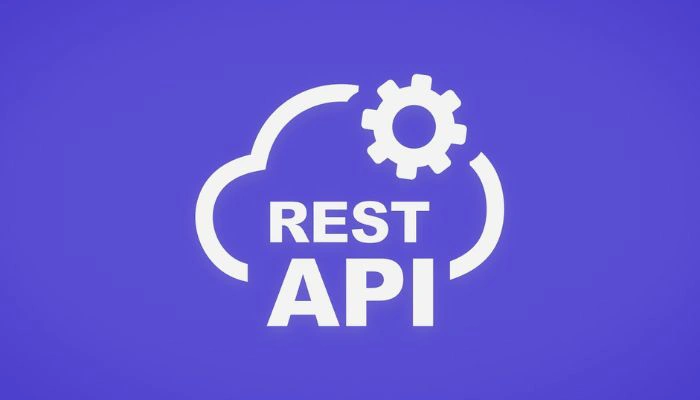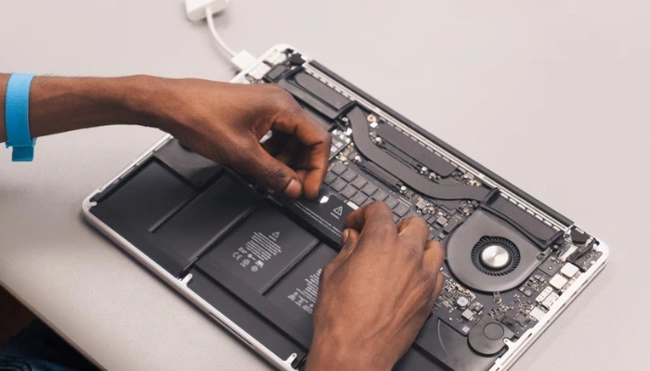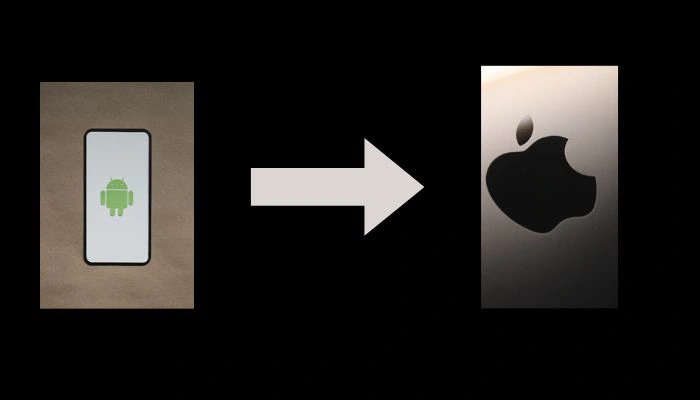Why Mobile App Maintenance Service is Important [Reasons You Must Know]
A mobile application is more than just a piece of software; it's a dynamic extension of your brand, a direct line to your customers, and often, a core revenue generator. Developing a robust and user-friendly app is just the first step on a long and continuous journey. Many businesses, unfortunately, fall into the trap of believing their work is done once the app is launched, only to witness its decline in performance and user engagement. The truth is, without consistent care, even the most innovative mobile applications can quickly become obsolete, riddled with bugs, and vulnerable to security threats.
This is precisely why mobile app maintenance service is important. It’s the ongoing process of keeping your application healthy, secure, and relevant in an ever-evolving technological landscape. From squashing bugs and enhancing performance to adapting to new operating systems and integrating cutting-edge features, mobile app maintenance ensures your investment continues to deliver value, keeps users delighted, and safeguards your brand reputation. Neglecting this crucial aspect can lead to a host of problems, including negative user reviews, decreased retention, and even significant financial losses due to security breaches or system failures.
If you're an app owner, a business looking to leverage mobile technology, or simply curious about what it takes to keep an app thriving, then read on. This comprehensive guide will delve into the critical reasons why mobile app maintenance service is important, explore its various facets, and provide actionable insights to ensure your app's long-term success.
The Pillars of App Longevity: Why Mobile App Maintenance Service is Important

Mobile app maintenance is not a one-time fix but a continuous cycle that addresses various aspects of an application's lifecycle. Here are the key reasons why a dedicated mobile app maintenance service is important for any successful app:
1. Enhancing User Experience and Retention
A smooth, fast, and bug-free user experience (UX) is paramount for app success. Users today have high expectations; a single crash, slow loading time, or clunky interface can lead to immediate uninstallation and negative reviews. Mobile app maintenance service is important because it directly addresses these pain points.
- Bug Fixing and Performance Optimization: No app is ever truly bug-free. As users interact with your app and new scenarios arise, unforeseen issues can emerge. Regular maintenance involves identifying and rectifying these bugs, crashes, and glitches promptly. Furthermore, performance optimization ensures your app loads quickly, responds swiftly to user input, and consumes minimal device resources, leading to a fluid and enjoyable experience.
- UI/UX Improvements: User interface (UI) and user experience (UX) trends evolve rapidly. What was considered cutting-edge yesterday might feel outdated today. Maintenance includes refreshing the app's design, streamlining navigation, and implementing new UI/UX patterns to keep it visually appealing and intuitive. This responsiveness to changing user preferences is key to maintaining engagement.
- New Feature Integration: To stay competitive and relevant, apps need to evolve. User feedback, market trends, and technological advancements often necessitate the introduction of new features. A robust maintenance plan incorporates the development and seamless integration of these features, keeping your app fresh and providing new reasons for users to return.
2. Bolstering Security and Data Protection
In an era of increasing cyber threats, the security of your mobile app and the data it handles is non-negotiable. Neglecting security updates can leave your app vulnerable to malicious attacks, leading to data breaches, reputational damage, and potentially severe legal and financial repercussions.
Vulnerability Patching. Operating systems, third-party libraries, and frameworks are constantly being updated with security patches to address newly discovered vulnerabilities. Mobile app maintenance ensures your app is promptly updated to incorporate these patches, safeguarding it against known exploits.
Compliance with Regulations. Depending on your industry and geographical location, your app may need to comply with various data privacy regulations like GDPR, HIPAA, or CCPA. Regular maintenance ensures your app remains compliant with these ever-evolving legal requirements, mitigating the risk of hefty fines and legal disputes.
Proactive Threat Monitoring. A comprehensive maintenance service often includes continuous monitoring for potential security threats and anomalies. This proactive approach allows for the early detection and mitigation of risks before they can escalate into major incidents.
3. Ensuring Compatibility Across Devices and OS Versions
The mobile ecosystem is incredibly fragmented, with a multitude of devices, screen sizes, and operating system (OS) versions. As new smartphones are released and OS updates roll out (e.g., new versions of iOS and Android), apps need to be adapted to ensure seamless functionality across the board.
- OS Updates: Major operating system updates often introduce breaking changes that can affect older app versions. Adaptive maintenance ensures your app remains compatible with the latest iOS and Android versions, preventing crashes and ensuring all features work as intended.
- Device Compatibility: New devices come with different screen resolutions, aspect ratios, and hardware capabilities. Regular updates ensure your app looks and performs optimally on the newest smartphones and tablets, reaching a wider audience.
- Third-Party API and SDK Updates: Most apps integrate with third-party services and Software Development Kits (SDKs) for functionalities like payment gateways, social media login, or analytics. These services frequently update their APIs and SDKs, requiring corresponding updates within your app to maintain functionality and security.
4. Cost-Effectiveness and Long-Term ROI
While it might seem counterintuitive, investing in proactive mobile app maintenance can significantly reduce your overall costs in the long run. Reactive fixes, especially for critical issues, are often more expensive and disruptive.
Preventing Costly Emergency Fixes. Addressing minor bugs and performance issues regularly prevents them from escalating into major system failures that require urgent, expensive, and often more complex repairs.
Reduced Downtime. A well-maintained app experiences less downtime, which is crucial for businesses that rely on their app for revenue generation or critical operations. Every minute of downtime can translate to lost sales and customer frustration.
Extended App Lifespan. Regular maintenance prolongs the useful life of your application, maximizing your initial development investment. Instead of rebuilding an obsolete app from scratch every few years, continuous maintenance allows for incremental improvements and adaptations.
Improved User Retention (Financial Impact). Retaining existing users is significantly more cost-effective than acquiring new ones. A positive user experience fostered through consistent maintenance leads to higher retention, directly impacting your bottom line through continued engagement and potential in-app purchases.
5. Staying Competitive in the Market
The mobile app market is fiercely competitive. If your app stagnates, your competitors will quickly outpace you. Regular maintenance is a vital tool for maintaining your competitive edge.
Meeting User Expectations. Users expect apps to be constantly improving. Releasing new features, refining the UI, and addressing feedback demonstrates that you are committed to providing a top-tier experience, keeping users loyal and preventing them from migrating to competitor apps.
App Store Visibility. App stores like Google Play and Apple App Store favor actively maintained apps. Regular updates and positive user reviews, which are a direct result of good maintenance, can significantly improve your app's ranking and visibility, leading to more organic downloads.
Brand Reputation. A high-performing, secure, and up-to-date app enhances your brand's image and builds trust with your audience. Conversely, a neglected app can quickly tarnish your reputation.
Types of Mobile App Maintenance Services

Mobile app maintenance encompasses various types of activities, each serving a specific purpose in ensuring the app's health and longevity. Understanding these categories can help you tailor your maintenance strategy effectively.
- Corrective Maintenance: This is the most common and reactive type of maintenance, focusing on fixing bugs, errors, and defects discovered after the app's launch. This includes addressing crashes, functional malfunctions, and UI glitches reported by users or identified through monitoring.
- Adaptive Maintenance: This involves modifying the app to adapt to changes in its external environment. This primarily includes updating the app for new operating system versions (iOS, Android), new device models, and updates to third-party APIs or SDKs.
- Perfective Maintenance: This type of maintenance aims to improve the app's performance, usability, and functionality based on user feedback and evolving market trends. It involves optimizing code, refining the UI/UX, adding new features, and enhancing existing ones to provide a better user experience.
- Preventive Maintenance: This proactive approach focuses on identifying and addressing potential issues before they become actual problems. It includes code refactoring, database optimization, security audits, and performance monitoring to ensure the app remains stable and efficient in the long term.
- Emergency Maintenance: As the name suggests, this is carried out to address critical issues that arise unexpectedly and require immediate attention to prevent significant disruptions or data loss. This could include sudden server outages, major security breaches, or critical bugs that render the app unusable for a large number of users.
Essential Components of a Mobile App Maintenance Checklist
A well-structured mobile app maintenance plan is crucial. Here's a table outlining key components to consider:
| Maintenance Area | Key Activities | Frequency |
| Performance Optimization | Monitor app load times, crash rates, and responsiveness. Optimize code, database queries, and server performance. Implement caching. | Continuous/Monthly |
| Bug Fixing & Error Resolution | Apply OS security patches. Update third-party libraries and APIs. Conduct regular security audits. | Monthly/Quarterly |
| Compatibility Updates | Ensure compatibility with new OS versions and device models. Update for changes in third-party integrations. | Quarterly/Bi-annually |
| Feature Enhancements | Develop and integrate new features based on user feedback and market trends. Refine existing functionalities. | Quarterly/As roadmap dictates |
| UI/UX Improvements | Refresh design elements, streamline navigation, and enhance user flows for a modern and intuitive experience. | Periodically/As needed |
| User Feedback & Support | Monitor app store reviews, conduct surveys, and provide timely customer support. Implement feedback. | Continuous |
| User Feedback & Support | Monitor app store reviews, conduct surveys, and provide timely customer support. Implement feedback. | Continuous |
| Backup & Recovery | Regularly back up app data and implement robust disaster recovery plans. | Daily/Weekly |
| Code Refactoring & Cleanup | Review and optimize code for efficiency, readability, and maintainability. Remove redundant code. | Periodically/Annually |
The Consequences of Neglecting Mobile App Maintenance

Ignoring the vital process of mobile app maintenance is akin to building a beautiful house and then never cleaning, repairing, or upgrading it. Over time, the consequences become increasingly severe:
- Decreased User Engagement and Retention: A buggy, slow, or outdated app will quickly frustrate users, leading to high uninstallation rates and a significant drop in active users.
- Negative App Store Reviews and Ratings: User dissatisfaction will manifest in poor reviews and low ratings, severely impacting your app's visibility and discouraging new downloads.
- Increased Security Risks: Outdated apps are prime targets for cyberattacks. Data breaches can lead to financial losses, legal liabilities, and irreparable damage to your brand's reputation.
- Compatibility Issues: As new OS versions and devices emerge, an unmaintained app will eventually become incompatible, leading to crashes or complete dysfunctionality for a growing segment of your audience.
- Higher Long-Term Costs: Procrastination often leads to more expensive problems. Neglected minor issues can snowball into complex, time-consuming, and costly emergency fixes.
- Loss of Competitive Edge: In a dynamic market, a stagnant app will quickly be outmaneuvered by competitors who prioritize innovation and user experience.
- Brand Reputation Damage: Your mobile app is a direct reflection of your brand. A poorly maintained app signals a lack of professionalism and commitment to quality, eroding customer trust.
Conclusion
The initial launch of a mobile app is merely the beginning of its journey. To truly succeed and deliver sustained value, a mobile application demands continuous attention and care. This is precisely why mobile app maintenance and development services are important. It is the invisible force that keeps your app running smoothly, securely, and competitively, safeguarding your investment and fostering lasting user loyalty. By embracing a proactive and strategic approach to mobile app maintenance, businesses can ensure their applications remain powerful tools for growth, engagement, and innovation in the ever-evolving digital landscape. Don't let your app become a relic of the past; invest in its future with comprehensive maintenance.









